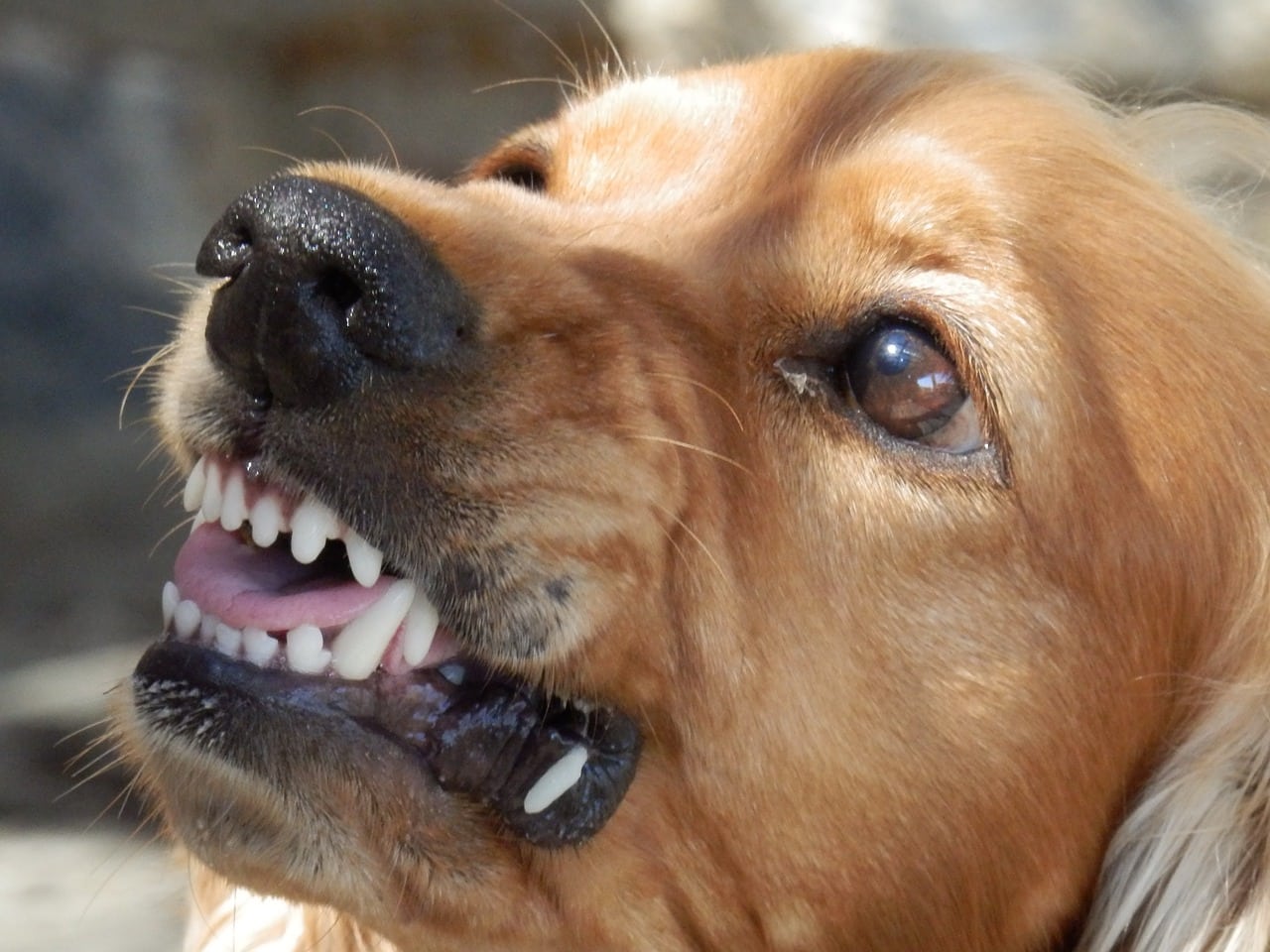 Shutterstock
Shutterstock
Dogs often display quirky behaviors that leave owners puzzled, such as snapping at the air. While it may seem amusing, this action can stem from various causes, including playful instincts, behavioral issues, or medical concerns. Understanding why dogs snap at the air is important, as neurological, emotional, or environmental factors can drive the behavior. Recognizing these underlying reasons helps pet owners address potential issues, ensuring their dog’s well-being, whether the snapping is harmless or signals a deeper problem that requires attention.
Playful Behavior
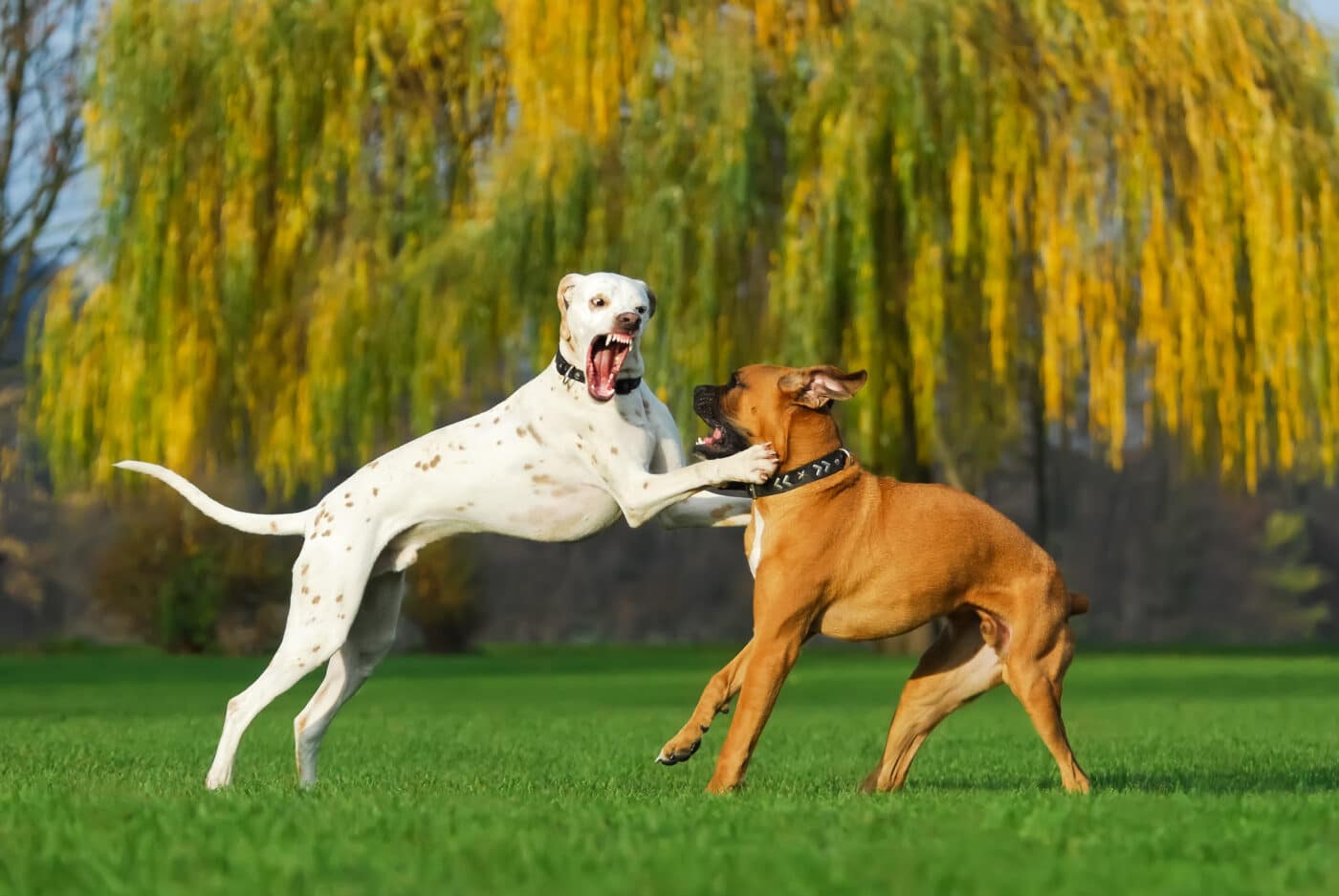 Shutterstock
Shutterstock
Dogs often snap at the air because they are simply playing. This playful behavior often occurs when dogs are excited or engaged in activities like running, chasing, or engaging with other dogs. Snapping in the air could be a way for them to burn off energy or express their joy during playtime. It’s not uncommon for dogs to snap at the air while chasing insects or imaginary targets, especially in an outdoor setting. If your dog is snapping at the air and is otherwise healthy and happy, it could just be their way of having fun.
Responding to Flying Insects
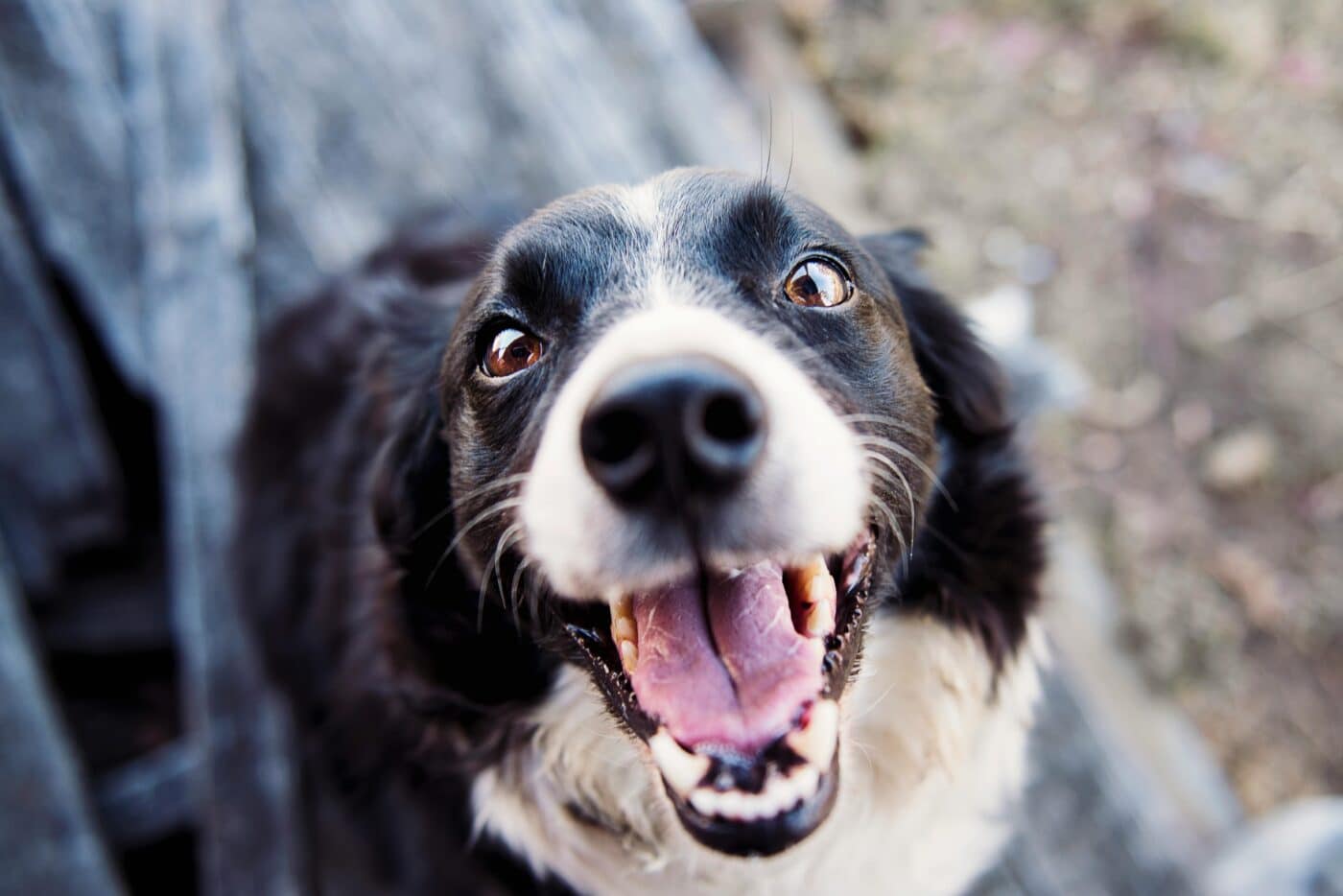 Shutterstock
Shutterstock
One of the most straightforward explanations for dogs snapping at the air is that they are trying to catch flying insects. Dogs have a natural hunting instinct, and when they see something small and fast-moving, like a fly or a mosquito, their first response is to snap at it. This behavior is especially common when insects are more active in warmer months. Dogs may also snap repeatedly if they are bothered by bugs that they cannot catch or swat away.
Itching or Irritation
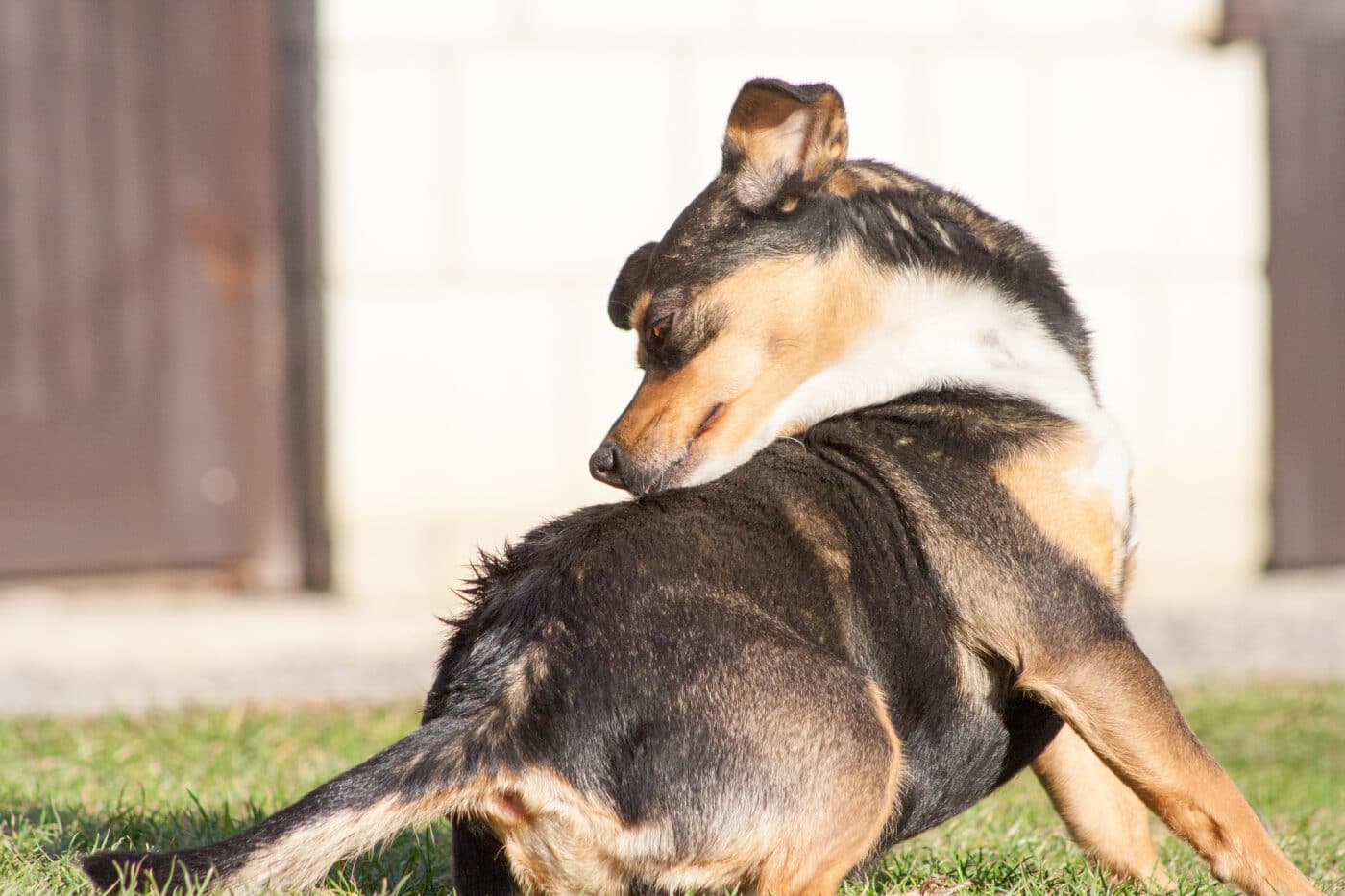 Shutterstock
Shutterstock
Dogs may snap at the air in response to an itch or irritation on their skin. If a dog is experiencing an allergic reaction, flea bites, or a skin condition, they might react by snapping at the air around the affected area. This is often accompanied by other signs of discomfort, such as scratching, biting at their paws, or rubbing their body against surfaces. If you notice your dog frequently snapping at the air with signs of itching or irritation, it may be time to check for skin conditions or consult a veterinarian.
Anxiety or Stress
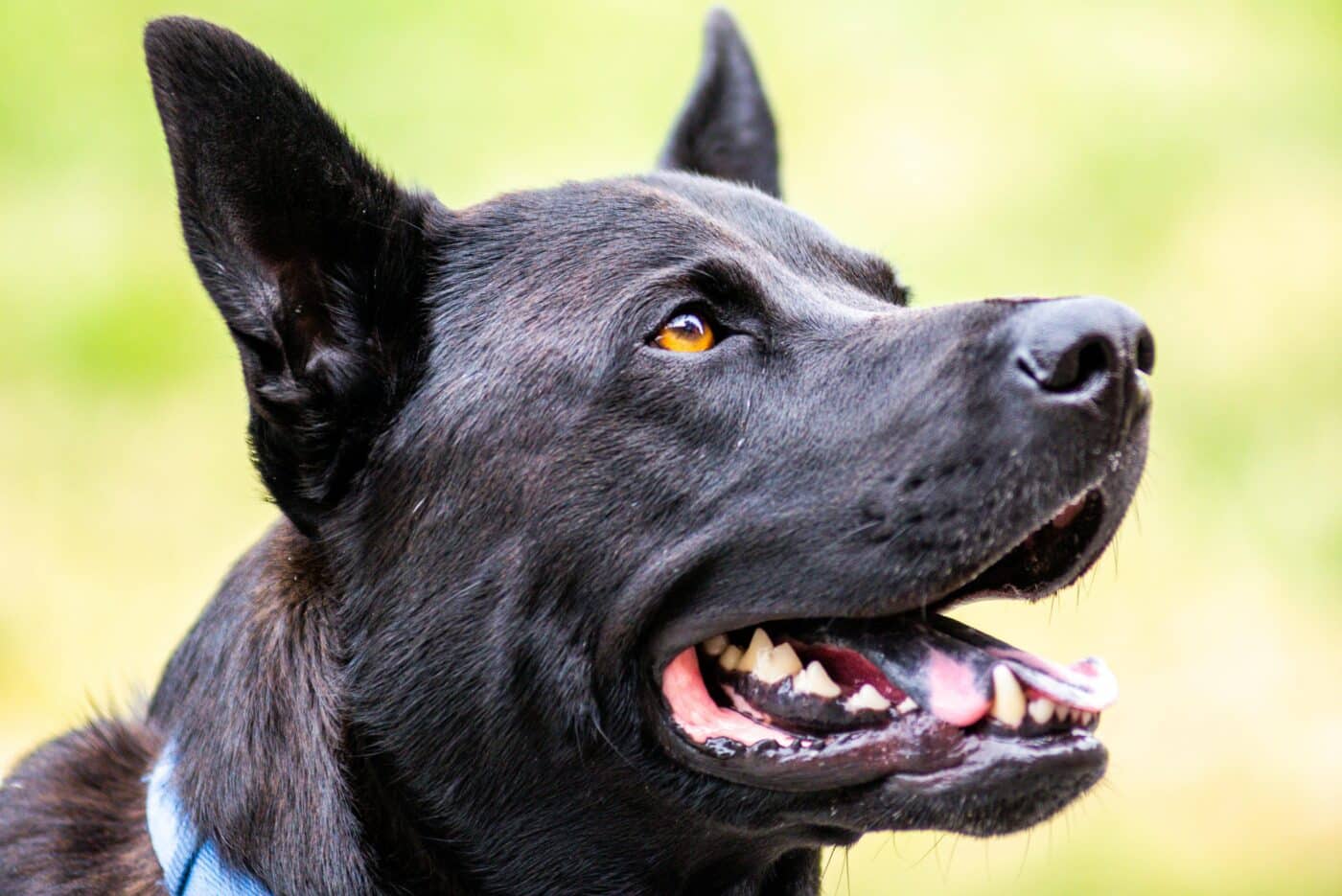 Shutterstock
Shutterstock
Air snapping can also be a sign of anxiety or stress. Dogs, like humans, can develop habits or repetitive behaviors when feeling anxious. For some dogs, snapping at the air becomes a coping mechanism during stressful situations, such as loud noises, separation anxiety, or environmental changes. This behavior resembles pacing or excessive licking, where the dog tries to self-soothe. If your dog snaps at the air frequently and you suspect anxiety, identifying and addressing the root cause of their stress is essential to managing this behavior.
Canine Compulsive Disorder
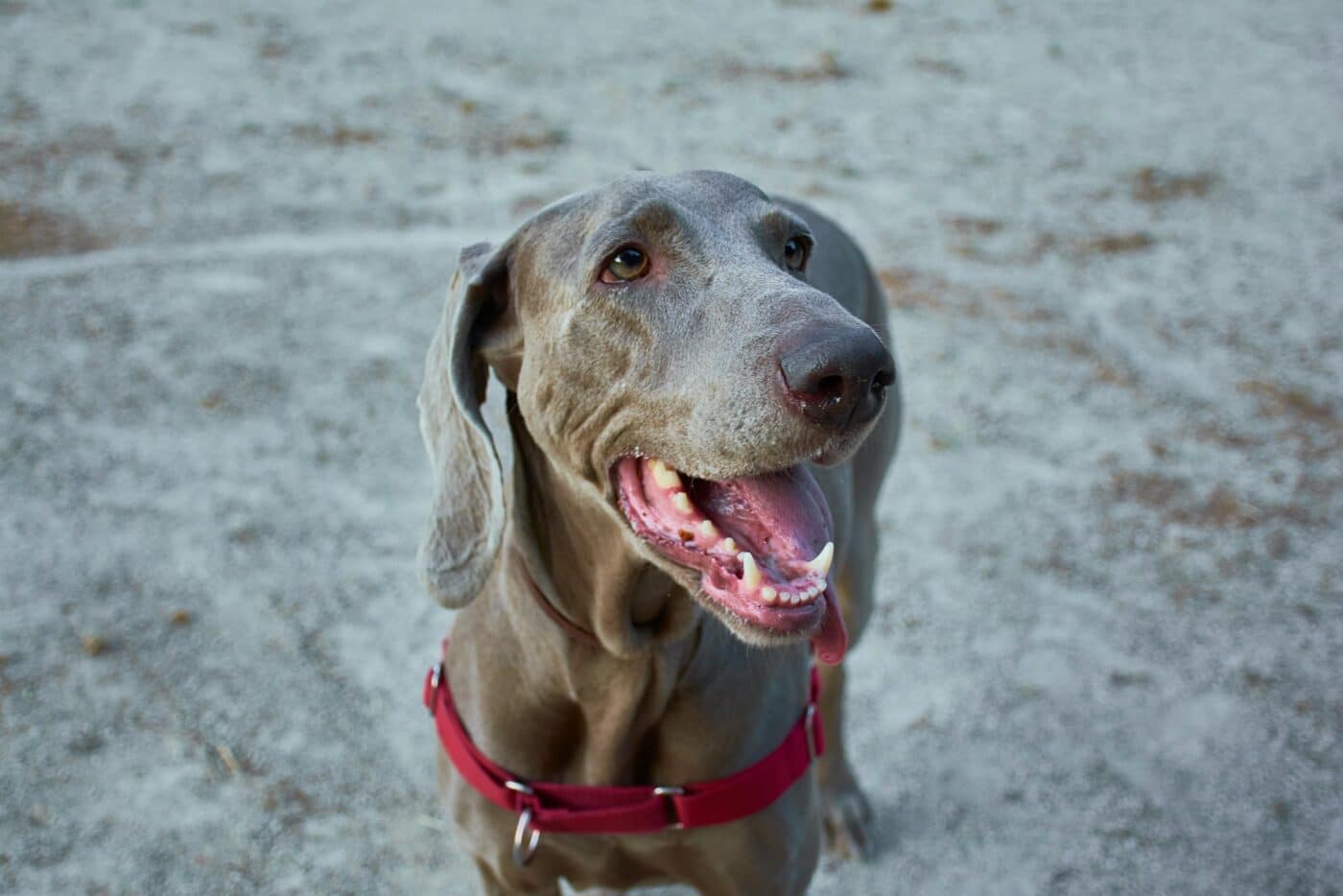 Shutterstock
Shutterstock
As humans can develop compulsive behaviors, dogs can suffer from Canine Compulsive Disorder (CCD). This condition leads to repetitive actions, such as snapping at the air, excessive licking, or chasing their tail. Dogs with CCD may seem to snap at invisible objects, and the behavior often escalates over time. It’s important to distinguish between occasional playful snapping and compulsive behavior, which can disrupt the dog’s daily life. CCD is typically triggered by stress, boredom, or lack of stimulation and may require behavioral therapy or medical intervention to manage.
Seizure Activity
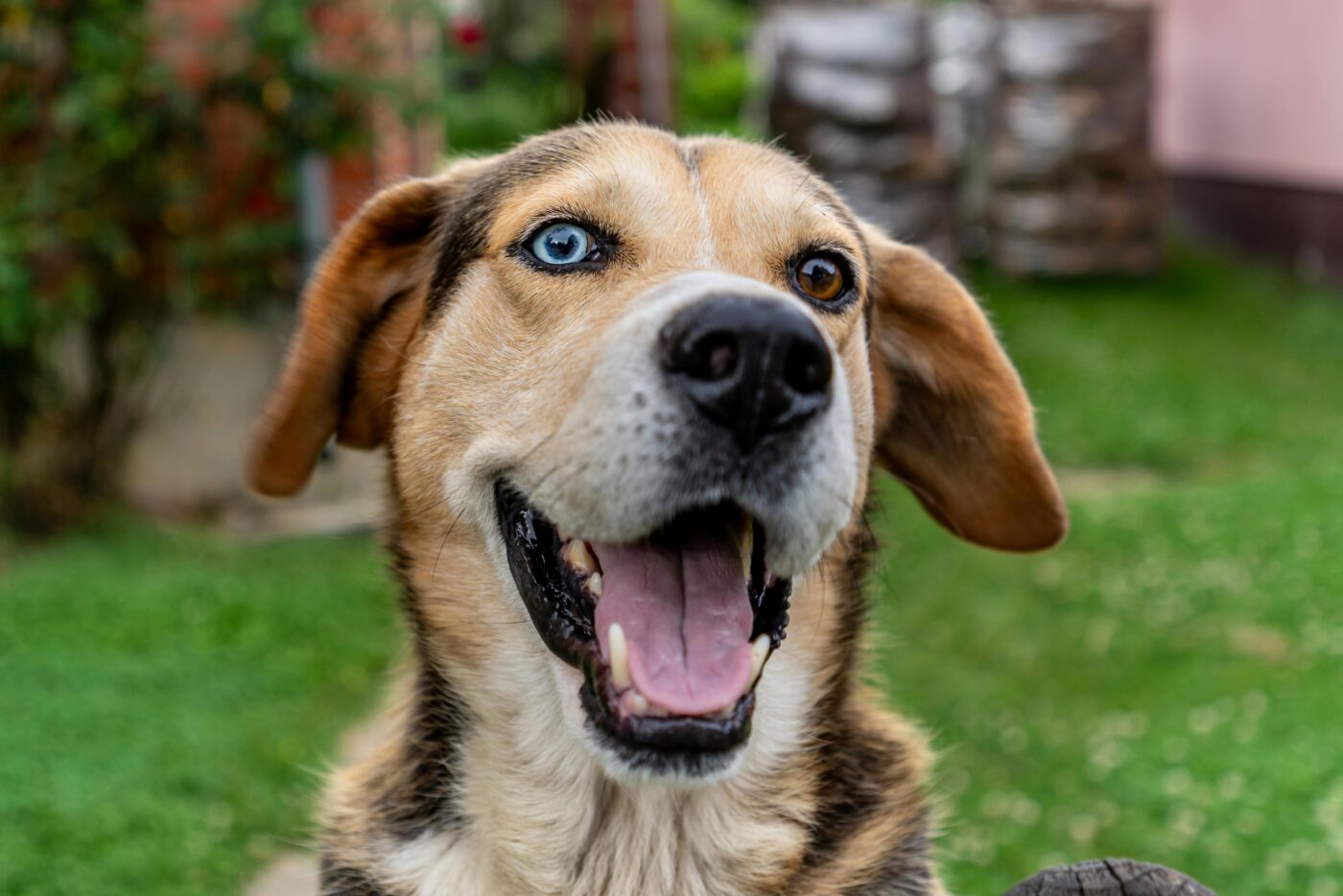 Shutterstock
Shutterstock
In more serious cases, snapping at the air may be linked to seizure activity. Some dogs experience a type of partial seizure known as a focal seizure, during which they may snap at the air uncontrollably. These episodes are typically brief but can be concerning, as they indicate neurological dysfunction. If your dog suddenly begins snapping at the air without any apparent trigger, and the behavior is accompanied by other unusual movements or symptoms like disorientation or drooling, it’s crucial to consult a veterinarian to rule out seizure disorders.
Attention-Seeking Behavior
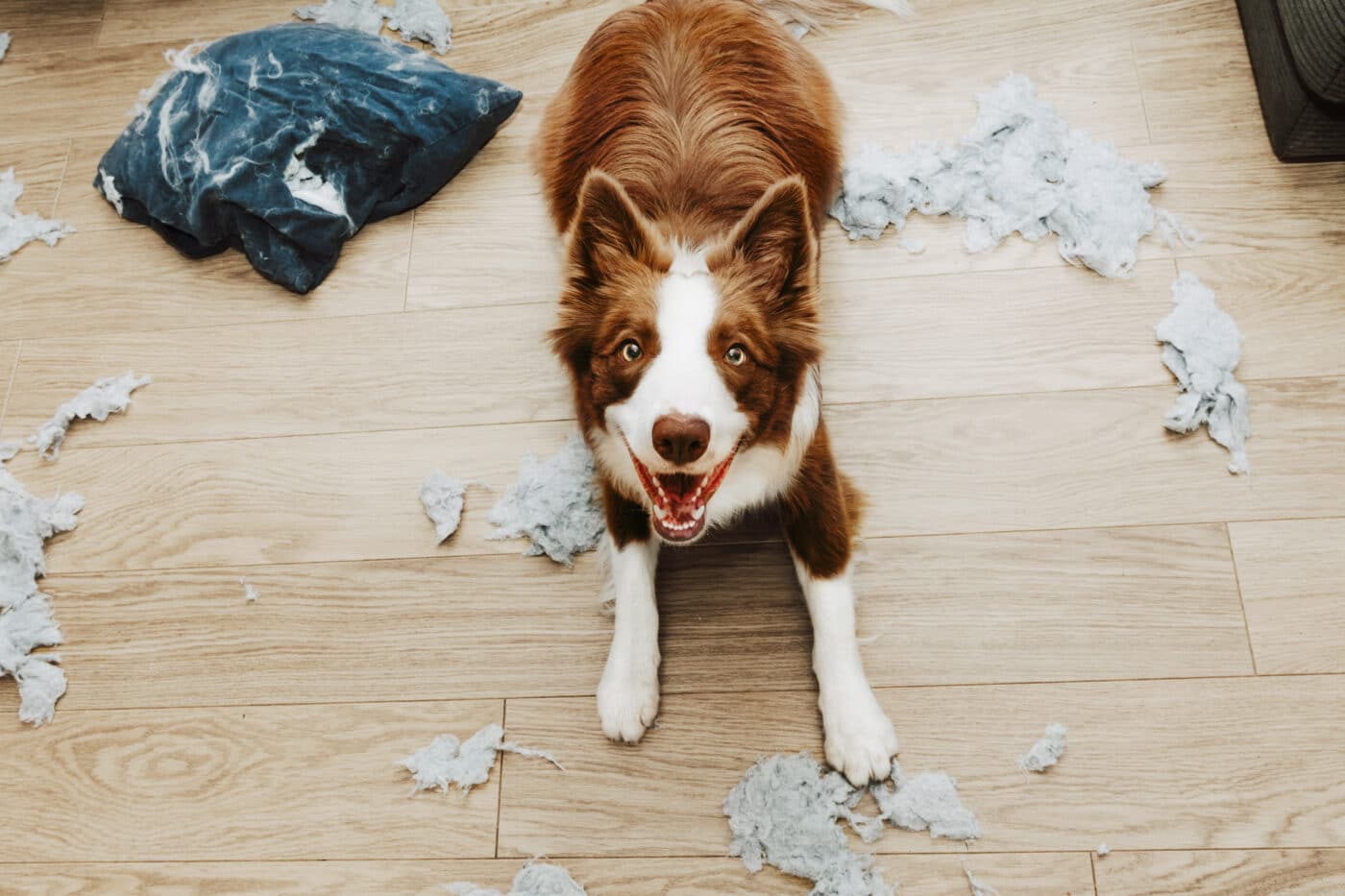 Shutterstock
Shutterstock
Dogs are intelligent creatures and often learn how to get their owner’s attention. If a dog snaps at the air and receives a reaction—whether it’s laughter, concern, or an attempt to stop the behavior—they may repeat the action to engage with their owner. This attention-seeking behavior is more common in dogs that crave interaction or may not get enough mental stimulation. If air snapping results in attention or playtime, the dog may continue doing it to communicate or gain attention.
Sensitivity to Noise
 Shutterstock
Shutterstock
Some dogs are highly sensitive to certain sounds, and snapping at the air could be a response to noises they hear that humans may not notice. Dogs’ hearing is far more acute than ours, and they can detect high-pitched or subtle sounds that we cannot. Sometimes, air snapping could react to these faint sounds, such as electronic devices, humming appliances, or distant noises. If your dog seems to be snapping at the air in specific locations or situations, consider whether there are environmental sounds that might be causing them to react.
Teeth or Mouth Pain
 Shutterstock
Shutterstock
Dental problems, such as a sore tooth, gum disease, or mouth pain, can also lead to air snapping. Dogs that are experiencing discomfort in their mouth may snap at the air in an attempt to alleviate the pain. This is similar to how a dog might paw at their face or rub their head against furniture when feeling discomfort. If your dog shows signs of oral pain, such as difficulty eating, excessive drooling, or frequent air snapping, a trip to the vet for a dental checkup may be necessary.
Fly-Biting Syndrome
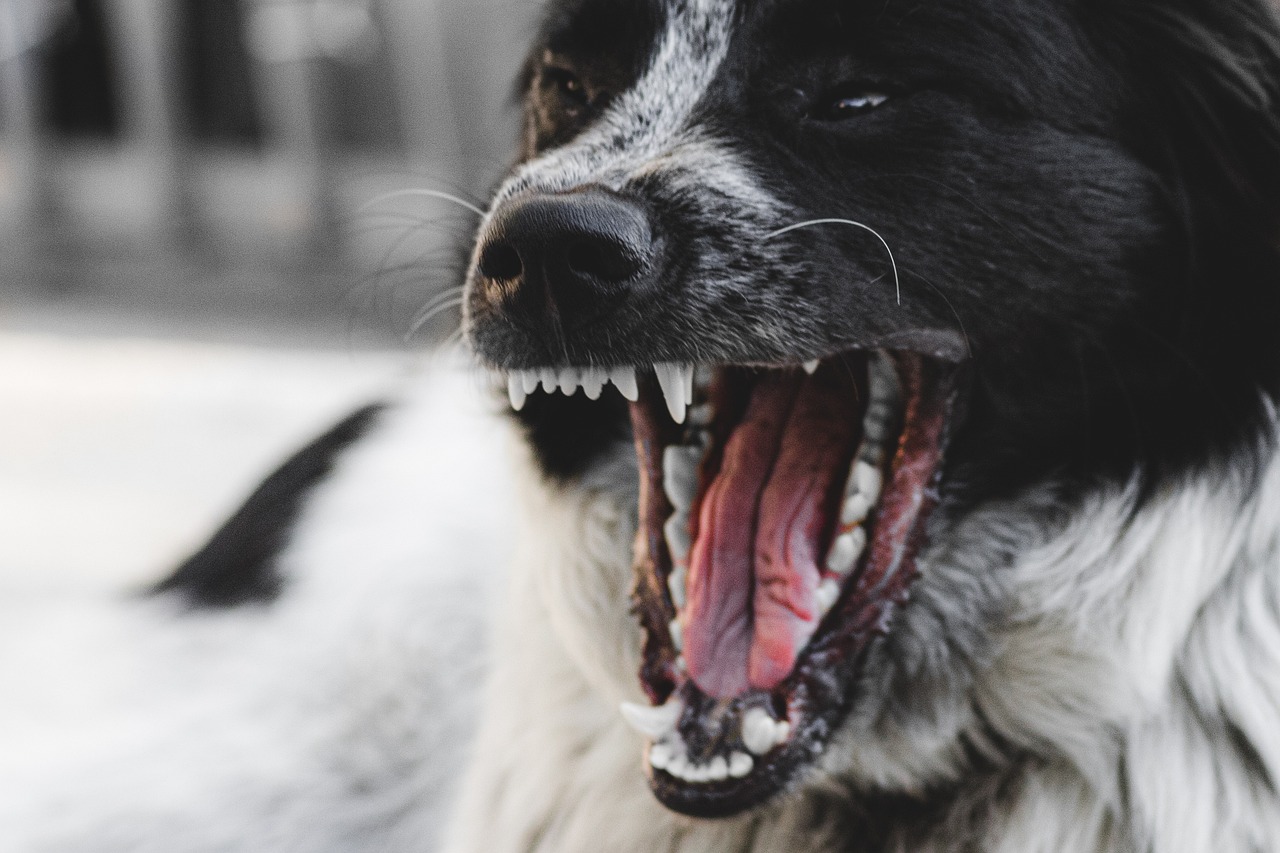 Shutterstock
Shutterstock
Fly-biting syndrome, also known as fly-catching syndrome, is a condition in which dogs appear to be snapping at invisible flies. This behavior can be linked to both neurological and gastrointestinal issues. Dogs with fly-biting syndrome may repeatedly snap at the air as if they are trying to catch flies that aren’t there. In some cases, this can be related to a neurological disorder, while in others, it may be caused by gastrointestinal discomfort, such as acid reflux. A thorough medical evaluation is essential to determine the underlying cause if your dog frequently engages in this behavior.
Excitement and High Energy
 Shutterstock
Shutterstock
Air snapping can also indicate a dog’s excitement or high energy levels. When dogs become overly stimulated—during play, walks, or interactions with other dogs—they may express their excitement through snapping. This behavior can be part of their attempt to communicate that they are ready for action or trying to engage in more play. Young dogs, in particular, may exhibit this behavior as part of their energetic bursts, especially if they haven’t had enough physical or mental stimulation throughout the day.
Flea or Parasite Reactions
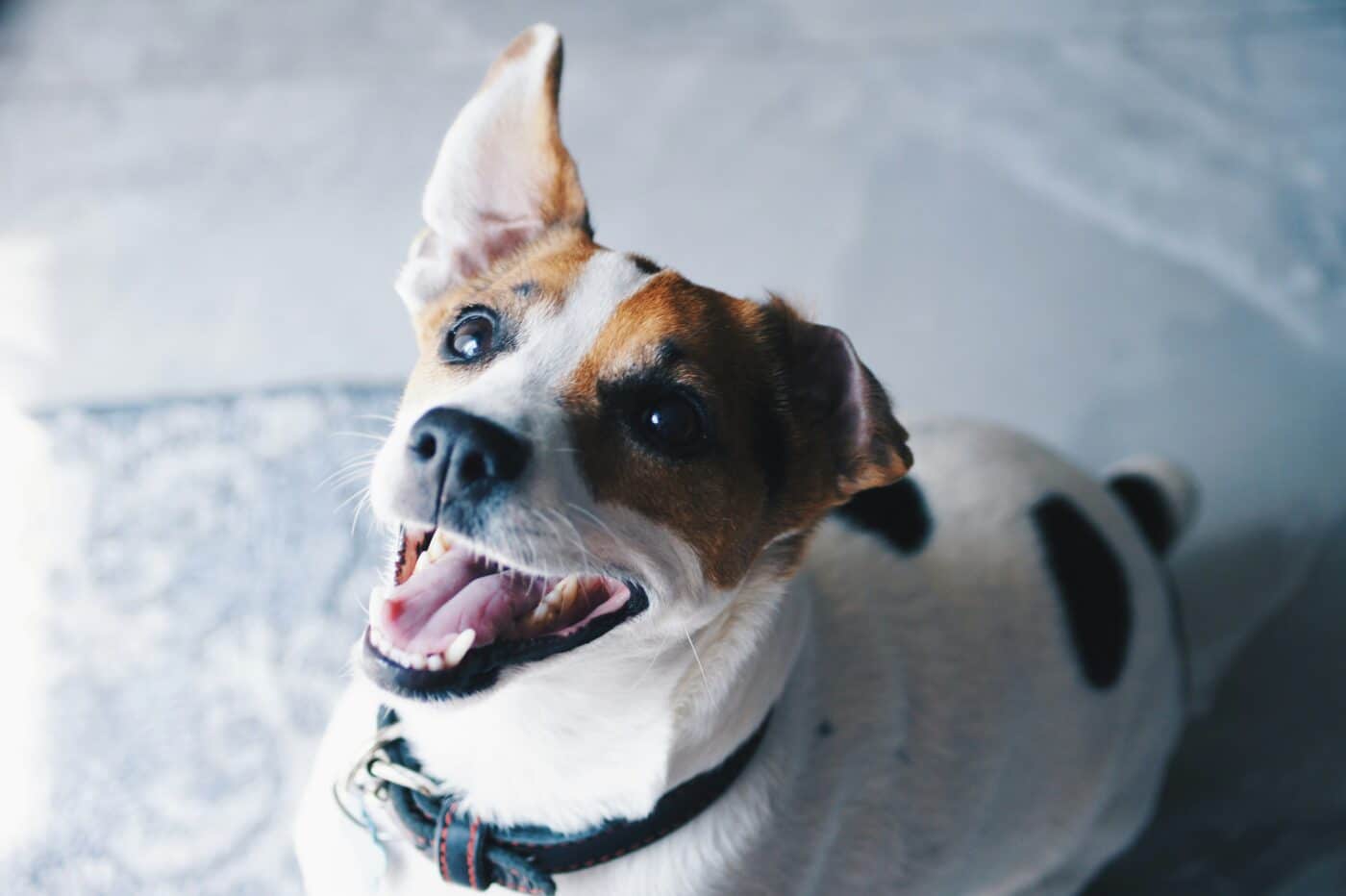 Shutterstock
Shutterstock
If a dog is dealing with fleas or other parasites, they may snap at the air as a reaction to the irritation caused by these pests. Fleas can cause a great deal of discomfort, leading to behaviors like scratching, biting, and even snapping at the air in an attempt to stop the itch. Dogs sensitive to flea bites may also experience allergic reactions, causing them to react by snapping at the areas of their body where they feel the most discomfort. Proper flea prevention and treatment can help alleviate this issue.
Decoding Your Dog’s Air Snapping Behavior
 Shutterstock
Shutterstock
While air snapping in dogs can be puzzling, understanding the underlying reasons for this behavior can provide valuable insight into your dog’s health and well-being. Whether it’s a harmless expression of playfulness or a sign of a more serious medical condition, observing when and why your dog snaps in the air is essential. By recognizing the potential behavioral, environmental, or medical triggers, you can take the necessary steps to ensure your dog remains healthy and happy. Always consult a veterinarian if the behavior becomes frequent or concerning.
 Toledo, United States.
Toledo, United States.